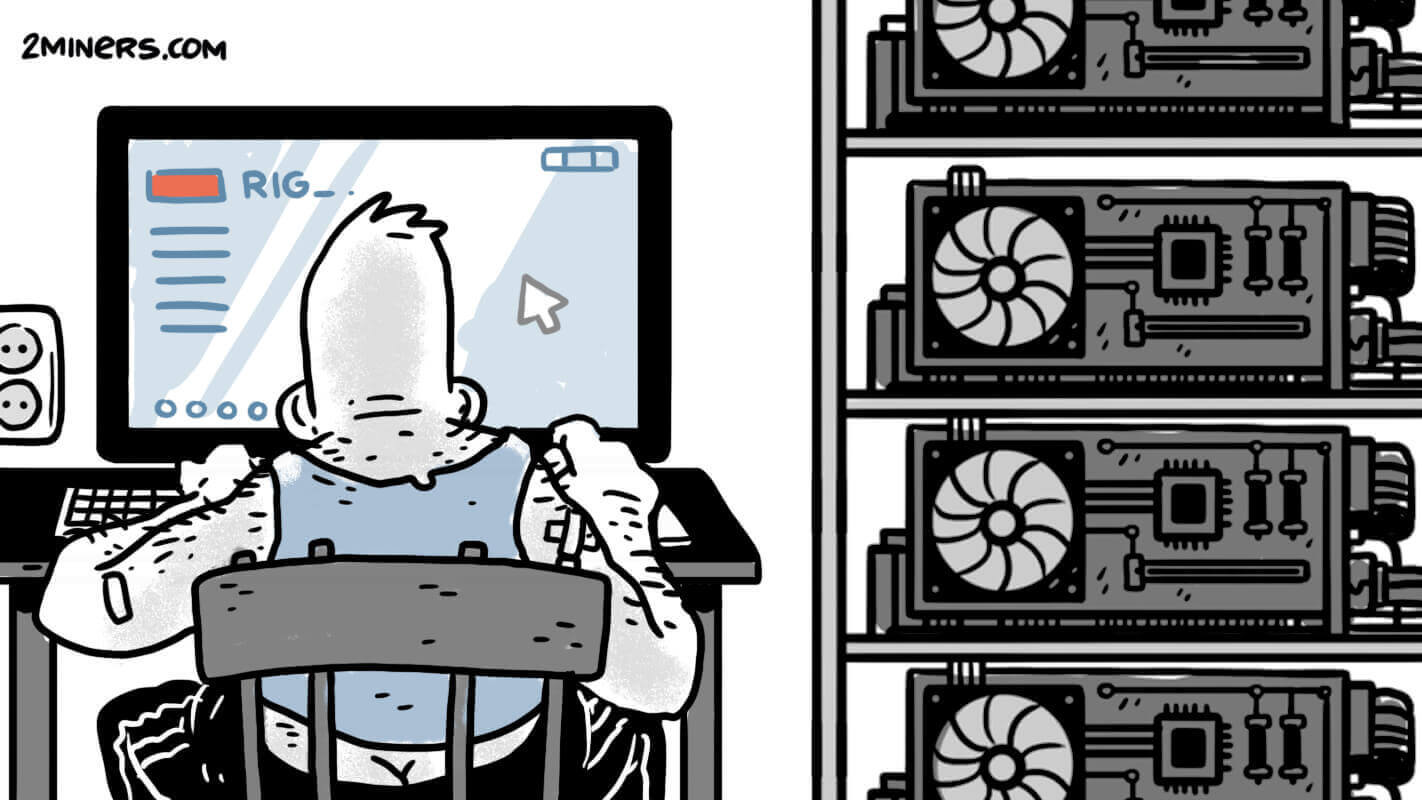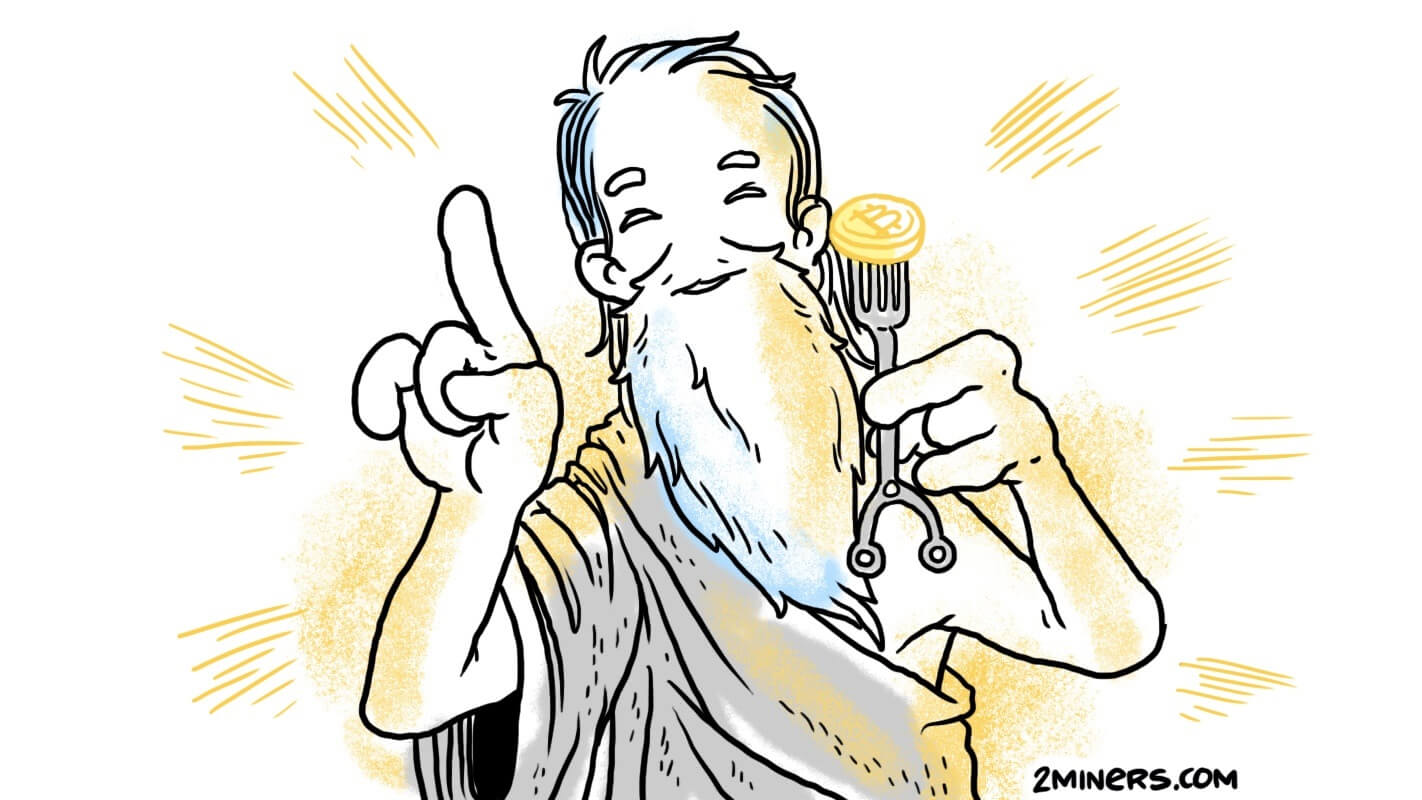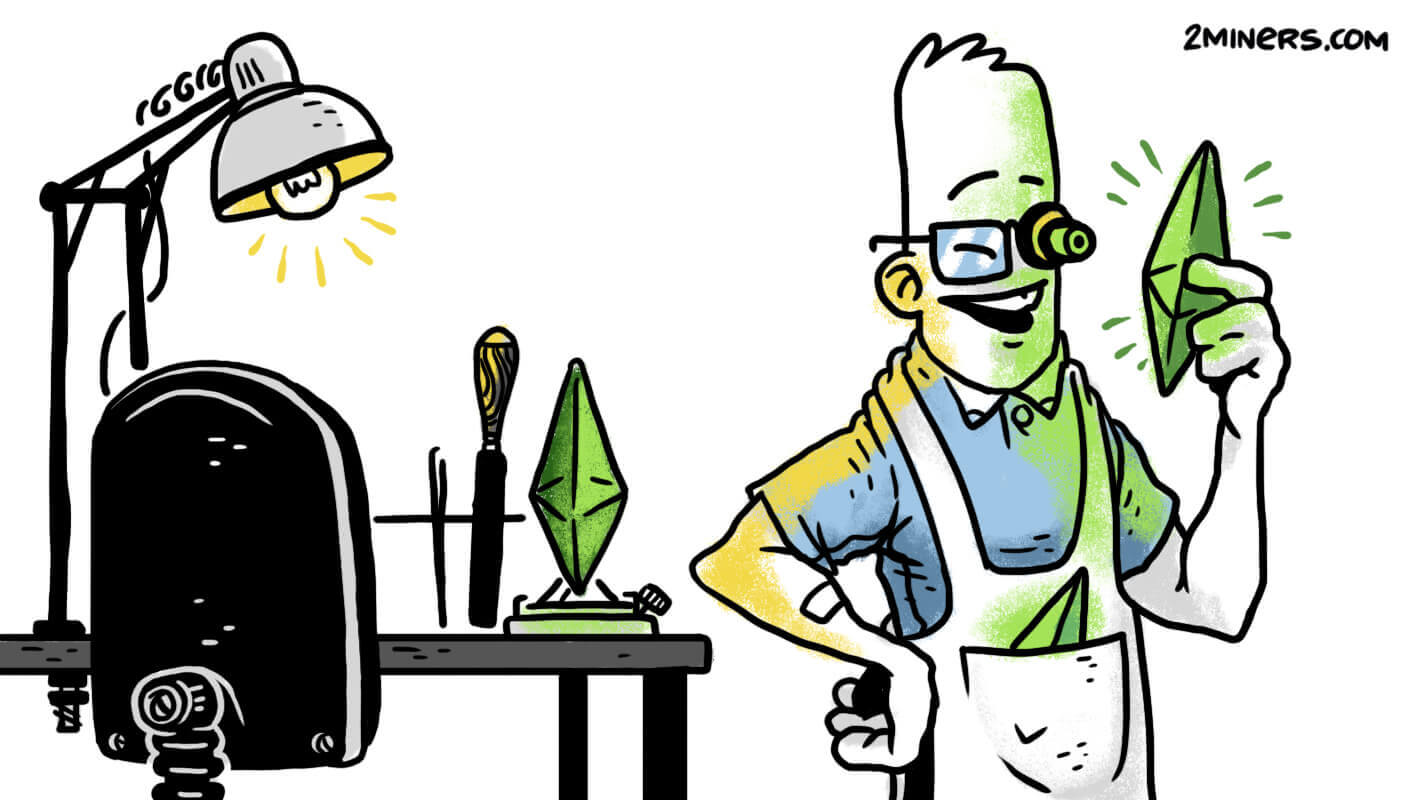Contents
Basics: What Is a Fork in Crypto
Before we start talking about soft forks, hard forks, and any other forks, here are a couple of basic terms for you.
- Blockchain protocol establishes cryptocurrency network rules. It defines how mining works, which transactions can be executed, and how network nodes interact with each other. If you want to work in the network, you need to follow the protocol.
- A fork occurs when a unique version of a protocol is introduced to the network, that is different from the original.
But why does the protocol need to be upgraded in the first place?
First of all, it’s one way to fix bugs discovered in previous versions of the protocol. Cryptocurrency is a relatively new invention that is still in the development stage.
Secondly, forks allow networks to introduce new features. If we have Windows 10 at the moment, this means that the first OS version needed to be improved. The Bitcoin code has also been gradually upgraded over the years. Since it is in the public domain, every developer in the world can contribute to it. Of course, the upgrade is implemented only if the crypto community arrives at a consensus and approves the proposed protocol enhancements.
Thirdly, a protocol upgrade helps cancel transactions. It’s hard for the government to fight against forgery, but for cryptocurrencies, any damage can be minimized by a hard fork that rolls back all transactions starting from a predetermined point in time.
What Is a Soft Fork?
A soft fork is a protocol upgrade, but with backward compatibility.
Let’s take driving at the speed limit as an example. Let’s say the speed limit is 40–60 km/h, but then the government introduces new legislation that changes the speed limit to 45–70 km/h. For those who usually drive at 55 km/h, nothing changed. But those who drive at 40 km/h, they need to upgrade their vehicle and speed up a little.
The new legislation is like a soft fork in the cryptocurrency world. If you are happy with the way things are, you might as well avoid using the new upgraded version. Otherwise, you need to upgrade.
What Is a Hard Fork?
Let’s once again take a driver as an example. In this context, a hard fork would create a “parallel universe” with its own highways and speed limits.
After the hard fork, driver Jack from Los Angeles who drives a BMW would create “Jack Cash” out of “LA Cash” on “BMW Cash”. The original driver’s clone would never find a job in LA or ride the BMW car, because the two universes aren’t connected by any portal. Yeah, it sounds like a “Black Mirror” script.
Let’s go back to cryptocurrencies. After a hard fork, the cryptocurrency blockchain is split into two chains that are not connected in any way at all, they are two different universes. Each chain has its own transaction history that is usually inherited from the original cryptocurrency. As a rule, after the hard fork the old universe is forgotten, and everyone is only interested in the new one.
Famous Hard Forks
Of course, there are exceptions to the rule, and sometimes both worlds remain active. Here are a couple of examples.
Bitcoin Cash
Bitcoin Cash is the result of a hard fork. The coin split from the original Bitcoin on August 1, 2017. Right after that, BCH team headed by Roger Ver started campaigning against the main cryptocurrency, but to this day their actions have led to nothing.
DAO Hack
Another sad day in Bitcoin history is the fall of Mt. Gox. A similar thing also happened to Ethereum, the only difference is that in this case, the victim was a DAO smart contract, as opposed to an exchange.
At first, the Decentralized Autonomous Organization (DAO) was intended to be a sort of a venture fund, where shares were distributed among members in proportion to their contributions in ETH. The project gained popularity and managed to raise 12.7 million ETH. Based on the exchange rate at the time, this was valued at around $250 million.
Sometime later a hacker found and exploited a flaw in the DAO code, allowing him to steal over 3.6 million ETH. In order to prevent the hacker from keeping the money, the crypto community voted for Ethereum to hard fork, in which the majority of affected users had their funds reimbursed. This is when Ethereum Classic was born.
What To Do After a Hard Fork? How To Avoid Losing Coins?
As a general rule, all hard forks follow the same scenario that we previously described. A new universe equals new life. Now let’s see what happens when both worlds continue after a hard fork.
Our friend Jack from Los Angeles had a BMW. He had the car key. In the city of LA Cash in the new universe, Jack’s clone Jack Cash also has a BMW car that looks exactly like Jack’s car in LA. Because he has the car key, he can easily start his car. The most surprising part of the story is that the key works with both BMW and BMW Cash. If a criminal that can travel from one universe to the other decides to steal Jack Cash’s car key and his BMW Cash, he can steal Jack’s BMW too.
Obviously, Jack is afraid to lose everything. So what should he do? He has two options:
- Stop driving the car and keep the car key in a safe. At least until cloning doesn’t stop and life in the two universes goes back to normal.
- Put his BMW in a secure parking lot and leave the key with the administrator.
The first option is safer, but it requires some serious thinking. The safe must be secure. The second option is very simple because Jack doesn’t really need to do much. However, the parking lot might turn out to be fake, and all the parked cars may disappear over time.
Now let’s go back to cryptocurrencies. You have a private key that lets you access your funds. Bitcoin developers had a disagreement and decided to split: after the hard fork, some continued working on the previous chain, while others created the new Super Bitcoin. If you do everything correctly, as a result of hard fork, instead of 1 BTC you had before the fork, you should end up with 1 BTC and 1 SuperBTC.
Do Everything On Your Own
It’s the safest solution. The important thing here is patience and accuracy. Remember that your private key is the most important thing you have, as it gives you access to all your funds.
Here is what to do in case of a potential Bitcoin fork. This guide can be applied to any other coin.
- Export your private key of the Bitcoin address and wait for the hard fork. If the hard fork already occurred, don’t worry. Just do the same – export your private key.
- Create a new BTC address and transfer your Bitcoins there.
- Install the wallet app for Super Bitcoin.
- Import the private key that you’ve exported in Step 1. Now you have access to your SuperBTC.
- Create a new SuperBTC address and transfer your coins there.
As a result, you are supposed to have two new addresses: one in the Bitcoin wallet and the other in the Super Bitcoin wallet. At this point, these addresses are in no way connected to each other.
We strongly recommend reading “How to backup your wallet? How to backup your private keys?” guide that you can find in FAQ section on 2Masternodes masternode hosting service.
Wait Out the Fork On an Exchange
You should find a reputable exchange that would announce that all Bitcoin owners will get Super Bitcoins. Send 1 BTC to the exchange and hope for the best. After the hard fork, create two separate wallets – one for BTC and another for SuperBTC, because now they are two distinct cryptocurrencies. Transfer your coins from the exchange to your wallets.
Important: We don’t recommend storing your funds on cryptocurrency exchanges. Use them only to exchange cryptocurrencies.






